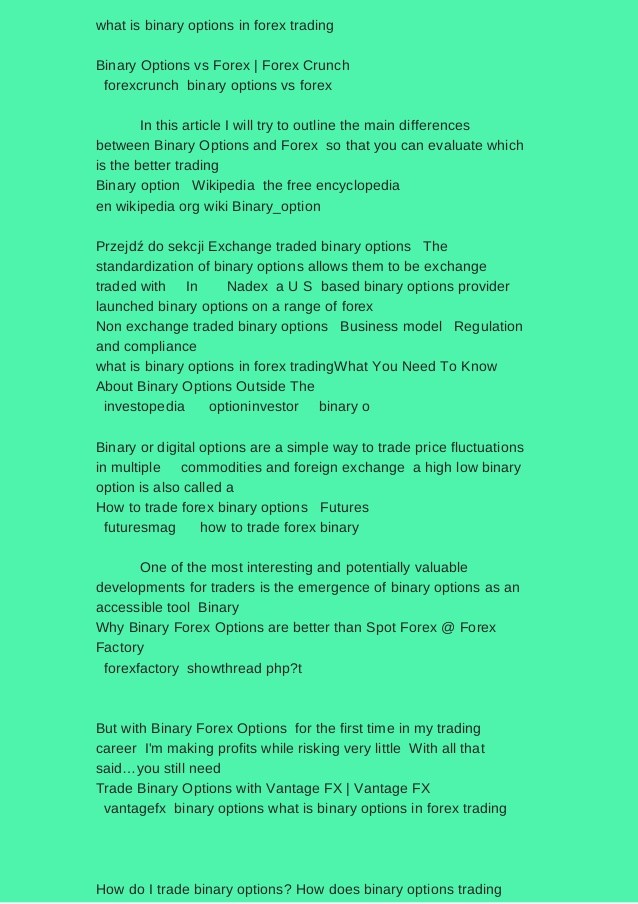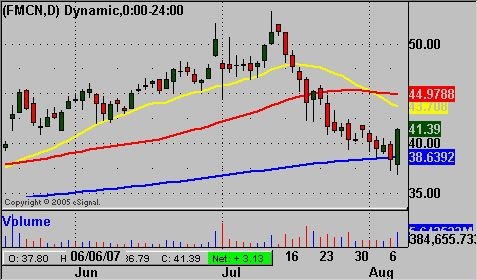Investors Guide to Trading European Options Stock Trading To Go
Post on: 12 Июнь, 2015 No Comment

Options on stocks and exchange traded funds (ETFs) are American style options and trade until the closing bell rings on the 3rd Friday of the month specified in the option contract. They expire early the next morning. If you own an American style option, it’s automatically exercised any time the option is in the money by one cent or higher. If you are short an option, you learn whether you have been assigned an exercise notice before the market opens for trading the next business day – or Sunday, if you have online access to your account.
When you exercise a call option. you buy 100 shares of the specified stock, paying the strike price per share.
When you exercise a put option. you sell 100shares at the strike price.
This is pretty simple stuff and although option rookies may have questions, most investors understand the process.
Some of the most actively traded options are European style. Investors must be aware of the differences between European and American options. This is one of those details that you ignore at your peril.
Some of the most popular European options are: SPX, NDX, and RUT.
1. European options cannot be exercised prior to expiration da y, whereas American style options can be exercised any time before the option expires.
This property of European options benefits option sellers. When you trade equity options, it’s seldom a problem if you are assigned an exercise notice before expiration arrives. The investor who sold calls becomes short stock instead of options. Unless your account is too small to carry a short stock, there’s no inconvenience
But, it’s different with index options. Be aware that OEX options are American style and if you sell options – even when part of a spread, early assignment can be a big problem – and it’s much safer to avoid trading OEX options. If you look at your account one morning and discover that you have been assigned OEX options, then you repurchased the options, paying the intrinsic value, as of last night’s closing index price. There’s nothing you can do about it. If you owned a spread position, one part of the spread has been covered. This is a very bad situation. Avoid it.
2. European options settle in cash. No stock changes hands. When you exercise European style options, you receive the cash value of that option. That’s very convenient for everyone involved in the transaction. Can you imagine exercising an SPX option and buying shares for each of the companies of the S&P 500 Index? Cash settlement works like a charm.
You own 4 SPX Oct 810 calls. The price you paid is not relevant.
The official closing price (called the settlement price) of SPX for the October expiration is 816.74. Thus, the 810 call is in the money by 6.74 points. [Similarly the Oct 820 put is in the money by 3.26 points.]
Your account is credited with $674 for each option you own, or $2,696 – and the option is cancelled. This is effectively the same as selling your options at parity (intrinsic value).
If you are short SPX Oct 810 calls, $674 per option, is removed from your accou nt.
If the option is out of the money, it has no value, and expires worthless.

3. Settlement price. With American style options, the settlement price is the closing price. For stocks and ETFs, that’s the last trade before the market closes. But it’s very different with European options and the method used to determine the settlement price is often misunderstood, resulting in large, unexpected losses (or gains) for the unwary investor. As a result, you will often hear of accusations of wrongdoing as those who lost money violently protest. An understanding of the rules is important.
Here’s how it work:
- Options stop trading when the market closes on Thursday afternoon, one day prior to the 3rd Friday.
- Thursday’s closing index price is unimportant. It does not count one iota.
- Friday morning, the market opens and stocks begin trading. SPX has 500 stocks, RUT has 2000 stocks, DJX has only 30 stocks (Dow Jones Industrial Average).
- For each stock in an index, the opening price is determined.
- When each of the stocks has opened – and some stocks may not opens for several hours – the settlement value of the index is calculated as if each stock is simultaneously trading at its opening price.
- Note: The settlement value is never a real world value. It’s hypothetical. It’s based on a situation that is not real. Thus, it’s very possible that the settlement value will be higher than the published high price for the day. It’s also possible that the settlement price can be lower than the lowest price of the index published on Friday.
- Why this is crucial: If you are investor who sold (and retains a short position) SPX Oct 810 call, and Thursday’s closing price for SPX is 808, you may believe that the index settlement price is 808 and that the options expired worthless. That’s incorrect.
An investor, who learns that the options are still alive, recognizes there may be a problem. Assume the market opens higher Friday morning and that the first posted SPX price is 811. Our investor is not happy, but the option is only in the money by $1, and it costs $100 apiece to buy them back. That’s not so terrible.
Imagine the anguish when the settlement price is posted (approximately 1PM, Eastern Time) and the price is 816.74. “That’s impossible.” But it’s not impossible. It happens frequently and the apparently worthless options cost $674 apiece.
This cannot happen to you if you remember to buy back your short European options Thursday afternoon (or earlier). It’s very risky to depend on the settlement price.
Mark Wolfinger is a 20 year CBOE options veteran and is the writer for the blog Options for Rookies Premium. He also is the author of the book, The Rookies Guide to Options .
Further Reading. Options:














